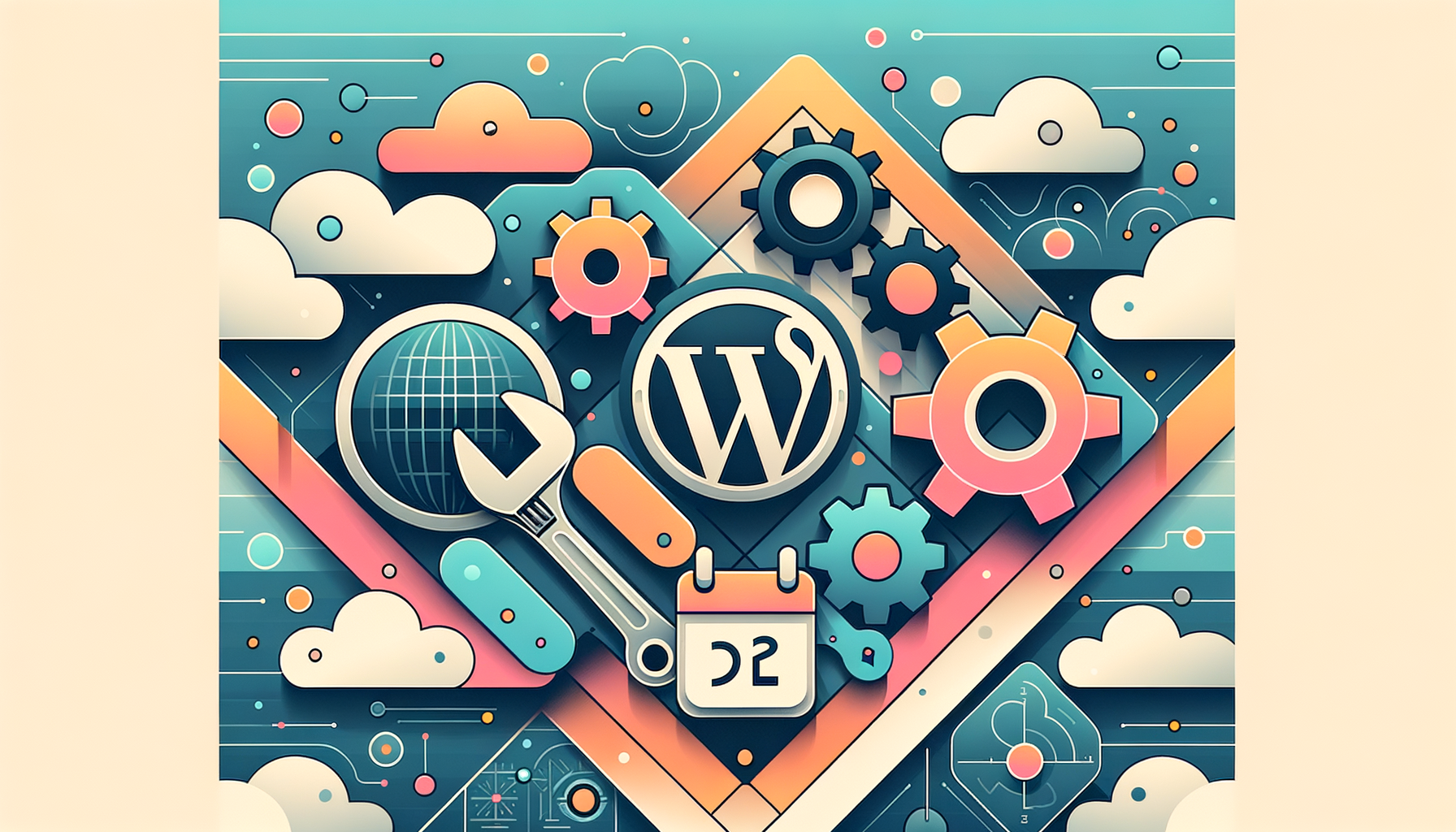
The Crucial Role of Core Updates in WordPress Maintenance
Maintaining a WordPress website is a multifaceted task that requires regular attention to various aspects, including updates, security, and performance optimization. At the heart of this maintenance routine are WordPress core updates, which play a critical role in ensuring the security, functionality, and overall health of your website.
Why WordPress Core Updates Are Essential
WordPress core updates are a fundamental part of any WordPress maintenance strategy. These updates can range from minor bug fixes to significant feature additions and major security patches. Here are some key reasons why keeping your WordPress core updated is paramount:
Security Patches
WordPress core updates often include critical security patches that protect your site from newly discovered vulnerabilities. Neglecting these updates can expose your site to potential threats, compromising its security and integrity. For instance, security breaches can occur if your site is running on an outdated version of WordPress, as hackers often exploit known vulnerabilities in older versions.
New Features and Improvements
Core updates frequently introduce new features and improvements that enhance your site’s functionality and user experience. These updates can include performance optimizations, making your site run more efficiently, as well as new tools and functionalities that expand your site’s capabilities.
Compatibility and Performance
Updating the WordPress core ensures that your site remains compatible with the latest themes and plugins. Compatibility issues can arise when different components of your WordPress site are not updated in sync, leading to broken functionalities or even crashes. Regular updates help mitigate these risks and ensure that your site performs optimally.
How to Manage WordPress Core Updates
Managing WordPress core updates effectively involves several steps to ensure a smooth and safe update process.
Backup Your Site
Before applying any update, it is crucial to create a backup of your entire site, including the database and files. This provides a safety net in case something goes wrong during the update. You can use plugins like UpdraftPlus or BackupBuddy to automate the backup process and store your backups offsite on cloud services like Dropbox or Google Drive.
Test Updates in a Staging Environment
Testing major updates in a staging environment is highly recommended. This allows you to identify and resolve any compatibility issues before applying the updates to your live site. You can clone your live site to a staging area using tools provided by your hosting service, such as Kinsta, which offers robust staging environments.
Update During Off-Peak Hours
Scheduling updates during periods of low traffic minimizes the potential impact on your users. This provides a quieter period for troubleshooting if any issues arise during the update process.
Monitor for Compatibility Issues
After updating, it is essential to test your site thoroughly to identify any compatibility issues. This includes checking for broken functionalities, design changes, or other unexpected behaviors. Working with experienced developers and using reliable plugins can help mitigate compatibility challenges.
Common Challenges and Solutions
While updating the WordPress core is essential, it can also present several challenges.
Compatibility Issues
Updates can create conflicts between WordPress core, themes, and plugins. Identifying these problems can be challenging, especially for non-experts. To mitigate this, ensure that all components of your site are updated regularly and test for compatibility in a staging environment.
Downtime Concerns
Updates can occasionally result in temporary downtime, which can be frustrating for both website owners and visitors. Proper planning, backups, and maintenance windows can help minimize any disruptions. Scheduling updates during low-traffic periods or using a staging environment can ensure a smooth update process without impacting the user experience.
Accidental Data Loss
Updates can affect stored content or alter user-generated data. Automated updates without proper backups increase the risk of data loss. Always create backups before updating and test restoration procedures periodically to ensure backup integrity.
Best Practices for WordPress Maintenance
To ensure your WordPress site remains in top shape, here are some best practices to follow:
Regular Updates
Regularly update WordPress core, themes, and plugins to benefit from new features, bug fixes, and security patches. Use your WordPress dashboard to check for available updates and apply them promptly.
Website Backups
Regularly create backups of your website’s data and store them securely. Test restoration procedures periodically to ensure backup integrity. Consider using third-party backup services like Jetpack, which is included in WordPress.com plugin-enabled plans.
Security Measures
Implement robust security measures such as using strong passwords, enabling two-factor authentication, and installing security plugins to protect your website from threats. Regular security checks are crucial to prevent issues like malware or hacking attempts.
Conclusion and Next Steps
WordPress core updates are a critical component of any effective WordPress maintenance routine. By understanding the importance of these updates, knowing how to manage them safely, and following best practices, you can ensure your site remains secure, up-to-date, and running optimally.
If you’re looking for professional assistance in managing your WordPress site, including updates, security, and performance optimization, consider reaching out to Belov Digital Agency. Our team of experts is dedicated to helping you maintain a robust and efficient WordPress site.
For more detailed guides and resources on WordPress maintenance, you can also explore our other blog posts, such as our comprehensive guide to WordPress maintenance.
By staying proactive and regularly tending to your website’s needs, you can ensure its longevity and success in the ever-evolving digital landscape.













